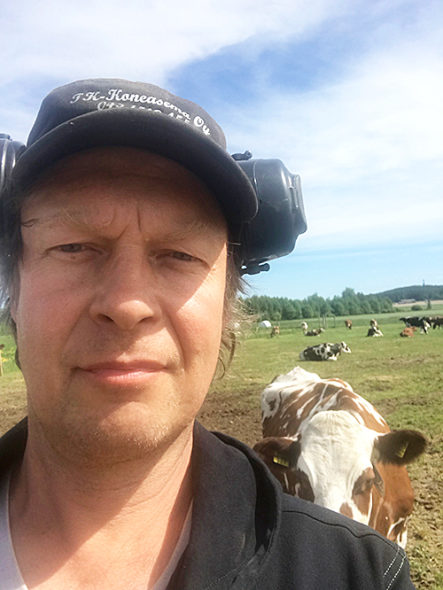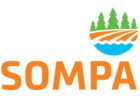 The Tikka farm (Tikan maatila Oy) is the largest Organic farm in Finland. It is located in the town of Kurikka in the Southern Ostrobothnia. “Primary production orientation of the farm is organic milk production. Small amounts of food supply oats is also produced.” tells Vesa Tikka who is the farm owner. Farm consists of 350 milking cows and 900 hectares of cultivated fields of which 100 hectares are peatlands.
The Tikka farm (Tikan maatila Oy) is the largest Organic farm in Finland. It is located in the town of Kurikka in the Southern Ostrobothnia. “Primary production orientation of the farm is organic milk production. Small amounts of food supply oats is also produced.” tells Vesa Tikka who is the farm owner. Farm consists of 350 milking cows and 900 hectares of cultivated fields of which 100 hectares are peatlands.
Ground vegetation cover cultivation
Vesa has grown ground vegetation cover plants for more than 20 years. “First, the field is growing grass for three years, then peas for one year, then broad beans for another year and after that grain”, Vesa explains. For the winter season the undergrowth is hay. With this method, about 80% of the Tikka estate’s fields have a constant vegetation cover throughout the year. “The undergrowth cover maintains and retains the soil properties and nutrient status on a high level, as the undergrowth binds nitrogen. Also, the hay stores sun radiation until snowfall”, Vesa praises. The constant vegetation cover on the peat fields also boosts the carbon sequestration and prevents nutrient leaching to adjacent watercourses.
Benefits and challenges with the method
In the long run, the method is profitable because the soil improvement boosts the field productivity.
Although the undergrowth may hamper harvest of the litter straw, Vesa isn’t baffled; “harvesting the litter straw works fine: via the chaff-cutter into the weigh hopper. The litter straw is preserved airtight. It doesn’t matter if there are some green leaves among the litter”.
Vesa would like to know how much more carbon is sequestered in the soil by using undergrowth cover compared to traditional cultivation methods.
